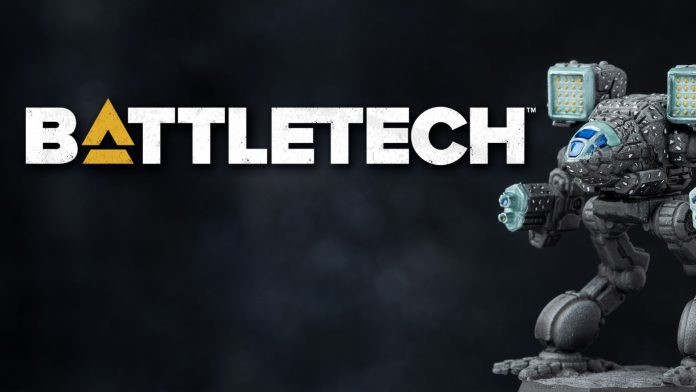Hullo, my name is Peri and I am here to ramble incoherently about how awesome Battletech is! Battletech is a wargame that has been around since the 1980s, and was part of the initial wave of Sci Fi and Fantasy wargames, along with Warhammer. This first wave showed that wargaming wasn’t just for old men with mountains and mountains of lead Prussians, it could be for teenagers with mountains and mountains of lead robots. The game has barely changed rules wise since its genesis in the 80s, and rulebooks from decades ago are still mostly valid in the modern day. Its a game that is pretty near to my heart, with me having been exposed to Mechwarrior 4 and Mech Commander at a very young age, forming a lifelong attachment that borders on obsession with Battlemechs and the world of Battletech. In the modern day you have a few options when it comes to playing the game and exploring its world. There is the original classic wargame, Battletech, which is simulationist and great for narrative play. You could also try Alpha Strike, the sleeker, faster playing, and more balanced spinoff/variant game. Also, to get the elephant out of the room,
Isn’t Battletech a computer game?
Yes! And no! Battletech has a long history in the video game space, and has just started to re-enter it after a long absence. HBS Battletech, the strategy game that shares the same name as the tabletop game (sowing confusion, pain, consternation, and googling problems in its wake) is likely the most relevant. The Mechwarrior games, while fantastic, don’t enter the same space as the tabletop game. HBS Battletech is a fantastic introduction to the setting and well worth playing, which raises the question
Why not just play the computer game?
Well, aside from the lovely stompy plastic robot models, there are a few reasons. The video game takes place purely in the 3025/Succession Wars era of the setting, with limited access to advanced technology and no presence of the Clans, a popular faction. If you are interested in other periods or the fancier lightning guns, the video game can’t give you that experience. It also limits you to exclusively mechs, rather than allowing you to use tanks, infantry, helicopters, planes, boats, hovercraft, drop ships, submarines, power armored troopers, field guns, artillery, and all of the rest of the huge range of available units that the tabletop game has. It is also focused on the Mercenary experience, which, while popular and very fun to play on the tabletop as well, is not the only way to play the game. You can’t play as pirates, army soldiers, mech-gladiators fighting space blood sports, telecom extremists, or any of the huge range of space weirdos present in the setting. The video game serves as an excellent introduction to the setting, and can provide great fun, but isn’t a substitute for the range of gameplay and stories that you can have with the tabletop game.
The World

The world and setting of Battletech is one of it’s greatest strengths. The fluff takes us through a long timeline of the Inner Sphere, a 500(ish) Light Year radius from Earth, a setting full of rival nation states, evil telephone companies, mercenaries, pirates, knights, nobles, gladiators, body doubles, weddings, shady corporations, corrupt military procurement, genetically engineered football enthusiasts, even eviler telephone fundamentalists, and lots of war. The timeline is one of the most interesting aspects of Battletech. Rather than simply picking a point in time and endlessly expanding on it to create their game, Battletech has a meta-plot that constantly progresses forward, even if at times it is agonizingly slow about it.
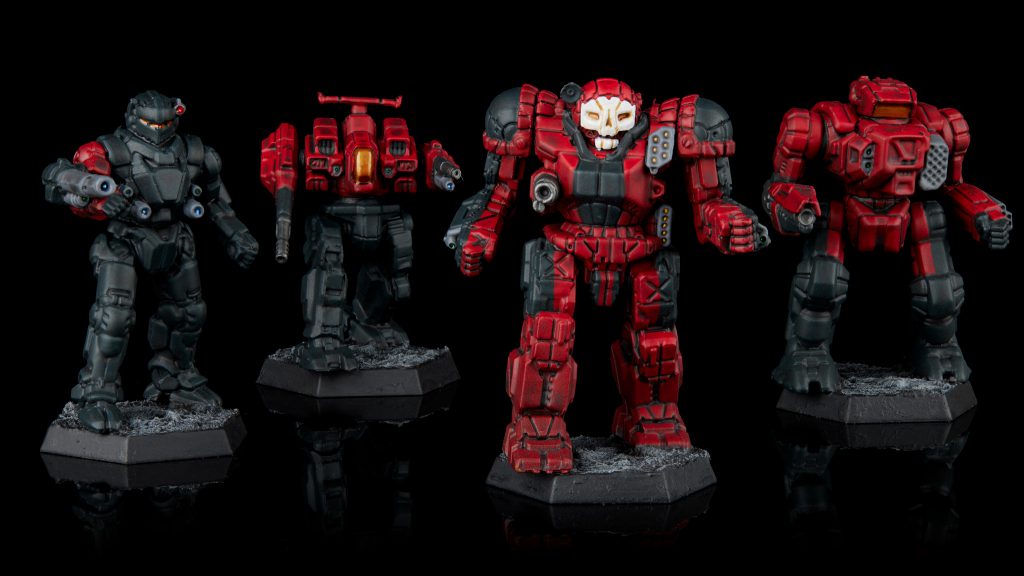
This means that over time new technology was found, new threats appeared, and the feeling and tone of the setting shifted. Whole nations can appear, disappear, and have their fortunes and roles within the setting change depending on which point you are at in the timeline. This leads to a dynamic feeling as the world is always changing and shifting. Most players will find a point in the timeline that they gravitate towards more than any other, be it the backstabbing and knightly feel of 3025, the great war stories and galaxy wide struggle of 3050, the advanced technology and military sci fi angle of 3067, or the even more advanced (and complex) technology of later periods.
The Machines

Central to the appeal of Battletech are the Battlemechs, giant robots piloted by a military aristocracy, massively complicated and difficult to produce, calling to mind the armor of knights on ancient Earth or the chariots of warriors on even ancient-er Earth. Mechs are huge machines weighing from 20 to 100 tons and broken down by weight, role, and technology level. There are advanced and sleek mechs, like the Mad Cat or Thor, and chunky, brutal, crude mechs like the Awesome and Atlas. Every end of the mech aesthetic is present in some form, from mostly humanoid to walking fighter jets covered in guns. Anime influence also varies, from designs (Literally!) ripped from Robotech, to much chunkier and boxier designs. The game does a fantastic job making you feel like you are moving around massively powerful behemoths of metal and guns.
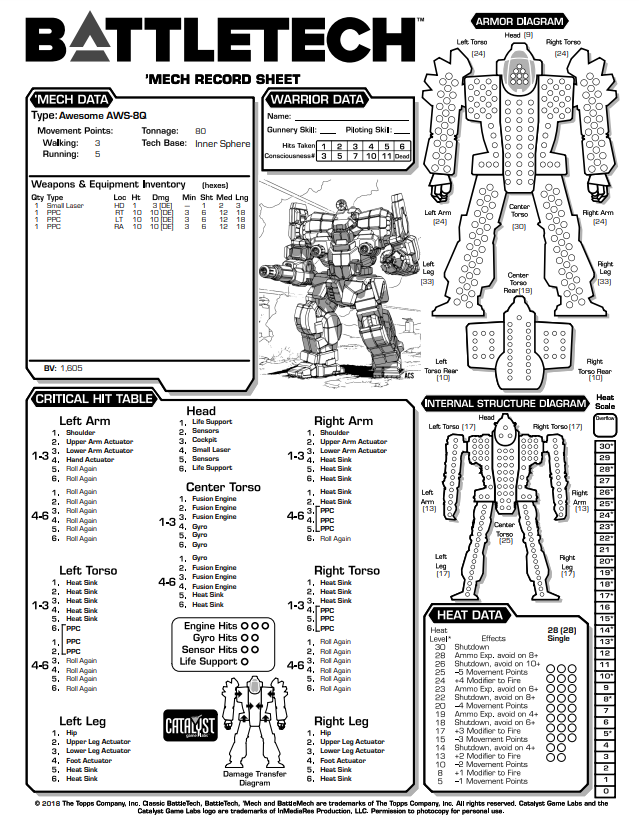
The way your mechs work is different in each of the two game systems. In Battletech, a mech is represented by a Record Sheet, a massive page of charts, subsystems, weapons, skills, and gauges that simulate nearly every aspect of the mech. These seem far more intimidating than they actually are, and we will likely have an article on how to parse them some time soon, but, for now, rest assured, its not the rocket surgery that it appears!
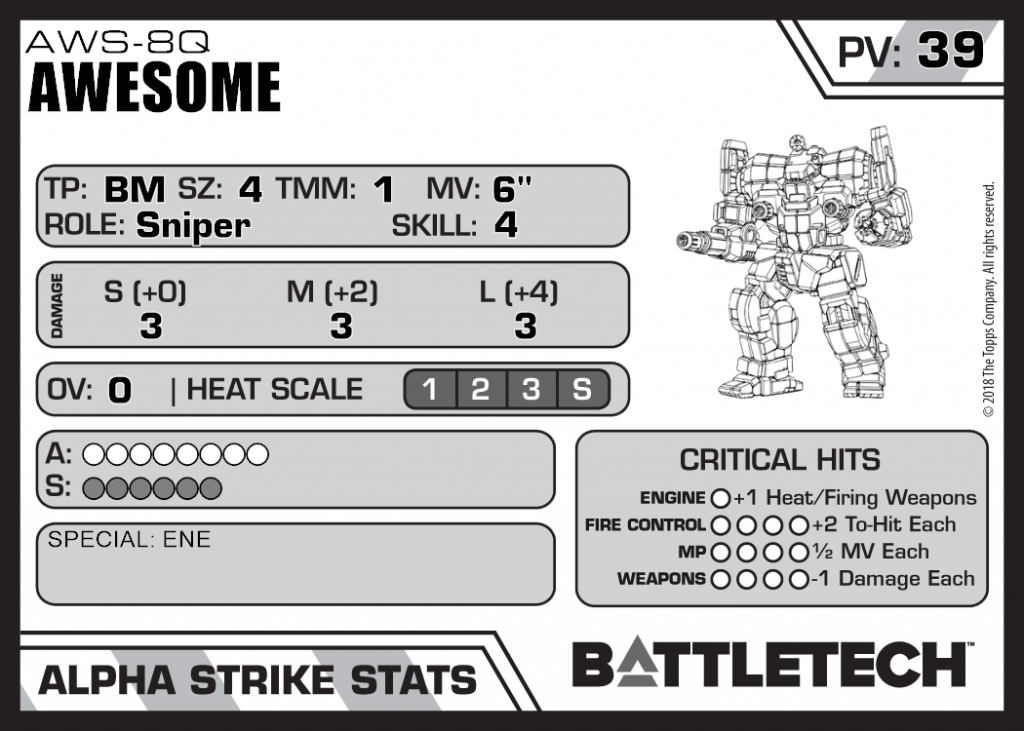
In Alpha Strike, units are represented by a far simpler card. Rather than a massive list of weapons and subsystems, units have a damage value at each range, a health bar, and a short list of special rules. These are very simple to read and we will go over it in another article, but there is an excellent level of the good kind of depth here, with mechs performing surprisingly differently, even with very similar looking cards.
The Game
The actual game attached to all of this is also interesting, in that you have 2 choices of game. You could either play Battletech, which is a deep, simulationist game that hasn’t changed much since the 80s and is excellent for small engagements and individual mech combat, or Alpha Strike, a much faster and sleeker ruleset that came out fairly recently, and is more conductive to playing large formations of mechs and proper battles with infantry, tanks, and Mechs all fighting together. Let’s go over Battletech itself first, and then Alpha Strike.
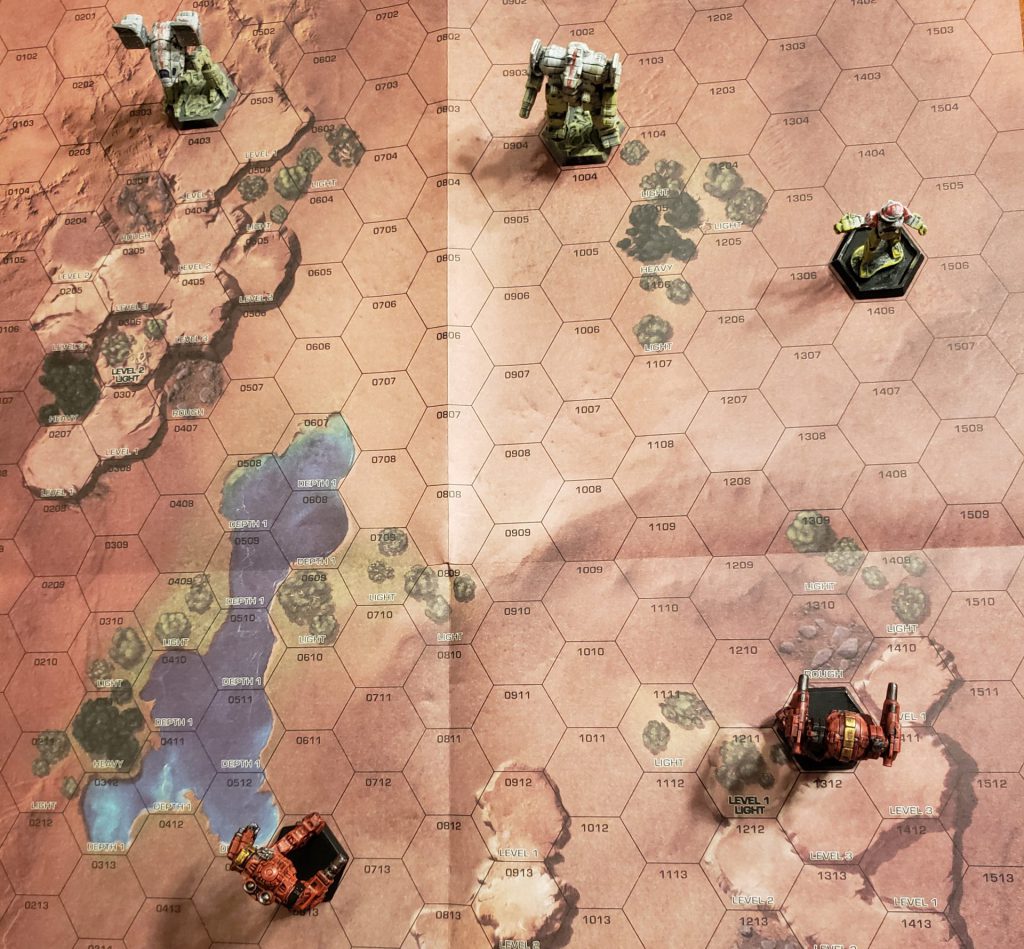
Battletech is usually played on a cardboard map sheet with a hexagonal grid on it, which represents the battlefield. These hex sheets come with the starter boxes and can be purchased separately. You also use miniatures, tokens, cardboard stands, or really whatever is convenient to represent the forces you are fielding. (Almost) Every dice roll you make in the game is 2d6, giving the game’s math a bell curve that interacts interestingly with its Pilot Skill system, with higher skill level having a bigger impact than it seems at first. Turns are divided into phases, starting with Initiative.
Initiative has both players rolling off for initiative, with the player who rolled higher going second. Going second is better in Battletech, as all actions resolve simultaneously at the end of each phase, meaning that activating a mech later lets you see what your opponent did with his mechs.
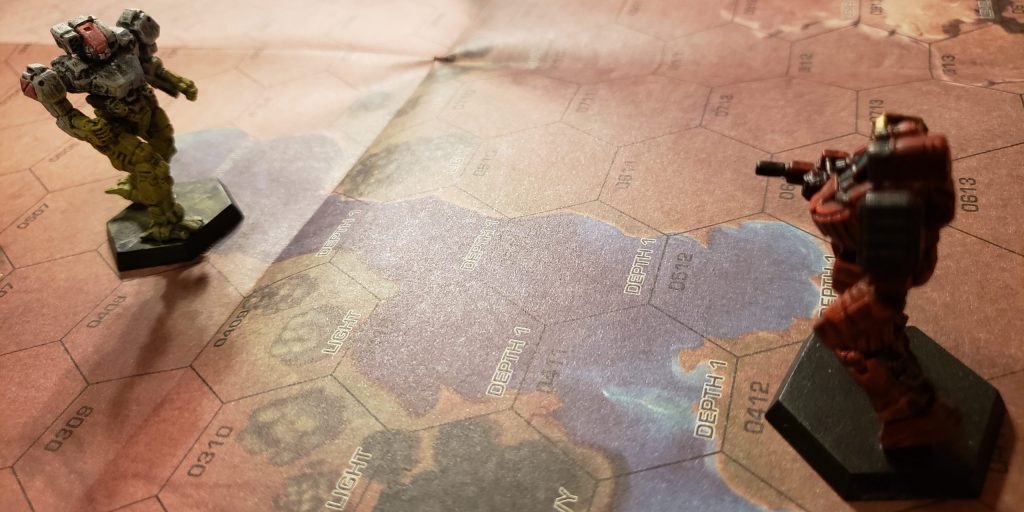
The next phase is Movement, where players alternate moving their mechs one at at time, starting with the player who lost initiative. This means that the player who won will (usually) get to move one of their mechs last, which gives them a huge advantage as they can move away from enemy firing arcs and they can get themselves shots without having to worry about their target running away. Turning costs movement in battletech as well, so faster mechs are not only moving farther, they are much more nimble and can turn far more than slower ones, letting them bring their weapons to bear easier.
The after that is Weapon Attacks, where you, well, make attacks with your weapons, again starting with the player who lost initiative. All damage is simultaneous and only applies at the end of the phase, so it, again, is better to go second here as it lets you respond to what your opponent does. The weaponry your mech carries is also mounted to a specific component of your mech, with each component having a different firing arc. Your weapons fire and roll to hit individually, and all have different ranges that they are most effective at. So you might be too close to shoot your Long Ranged Missiles, or too far to shoot your Medium Lasers. Damage is done to specific parts of your mech, like its Left Leg or Right Torso, and can damage specific components and weapons, disabling them for the rest of the game. A mech only dies by losing its Engine, its Head, or its Center Torso, so mechs tend to last quite a while in fights, losing subsystems and whole limbs as they slug it out.
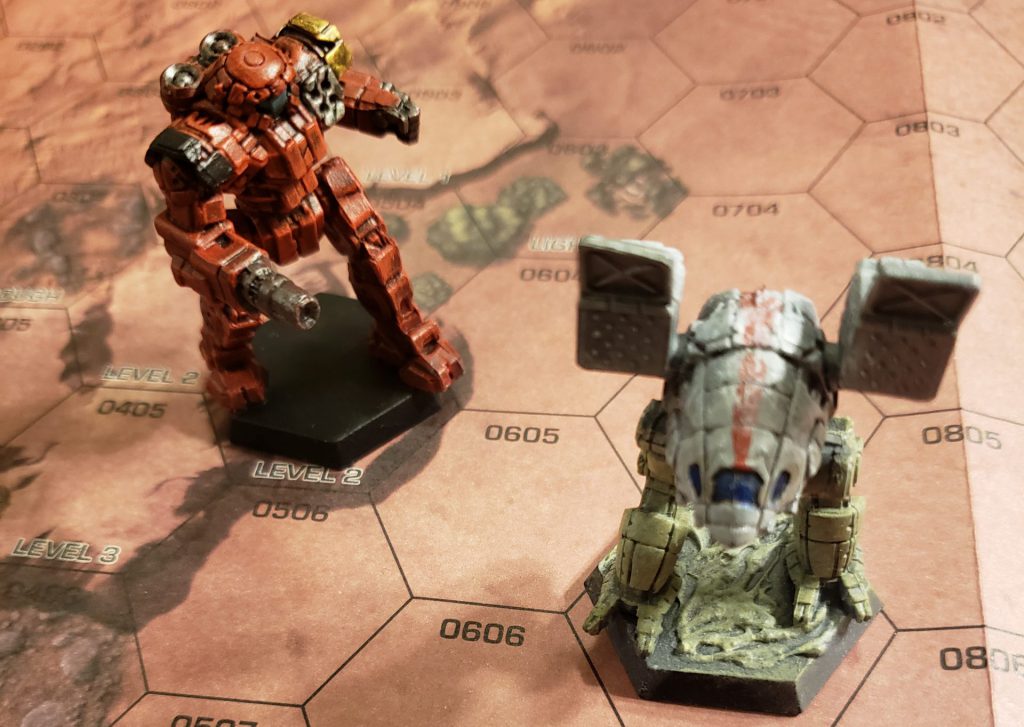
After Weapon Attacks is Physical Attacks, where, if you are close enough, you can whack your opponent with a club, punch them, kick them, hit them with a hatchet, or anything else that falls into the category of beating a mech with a blunt instrument. Some mechs are very good at this due to their speed letting them get in close, and larger mechs do more damage with close combat attacks, so running up to a 100 ton Assault class mech is a fantastic way to get a fist through your mech’s cockpit glass.
The Penultimate phase is Heat. (Almost) Every action you perform during your turn builds up heat points on your mech, with the biggest source by far being your weapon attacks. You build this up over the course of the turn, filling up the heat meter on your record sheet. During the heat phase your mech loses an amount of heat points equal to its Heat Sinking, which will either be equal to its heat sinks or double its heat sinks, depending on how high tech the mech is. Should your mech still have heat left over in your heat scale/gauge/meter (The game uses all of these terms in various places), you now need to resolve the effects that that heat is going to have on your mech, with your mech getting increasingly bad debuffs as you climb the meter, ranging from difficulties hitting with weapons at the low end, to your mech shutting down and cooking your pilot alive in their cockpit at the high end.
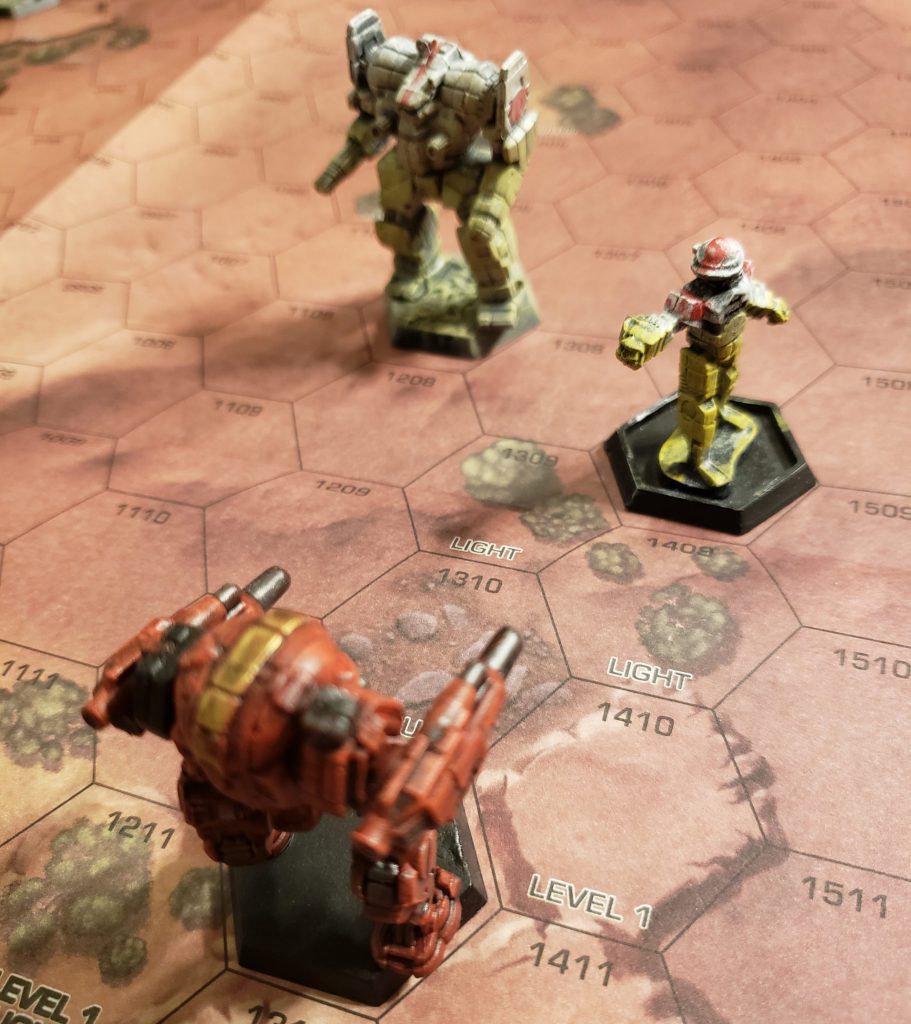
Finally, you have the End Phase, which is primarily used for book keeping and resetting certain mech abilities. The main thing of consequence that happens in this phase is that any of your pilots who were knocked out, either by damage or by heat, now can check to see if they wake back up.
The (Other) Game
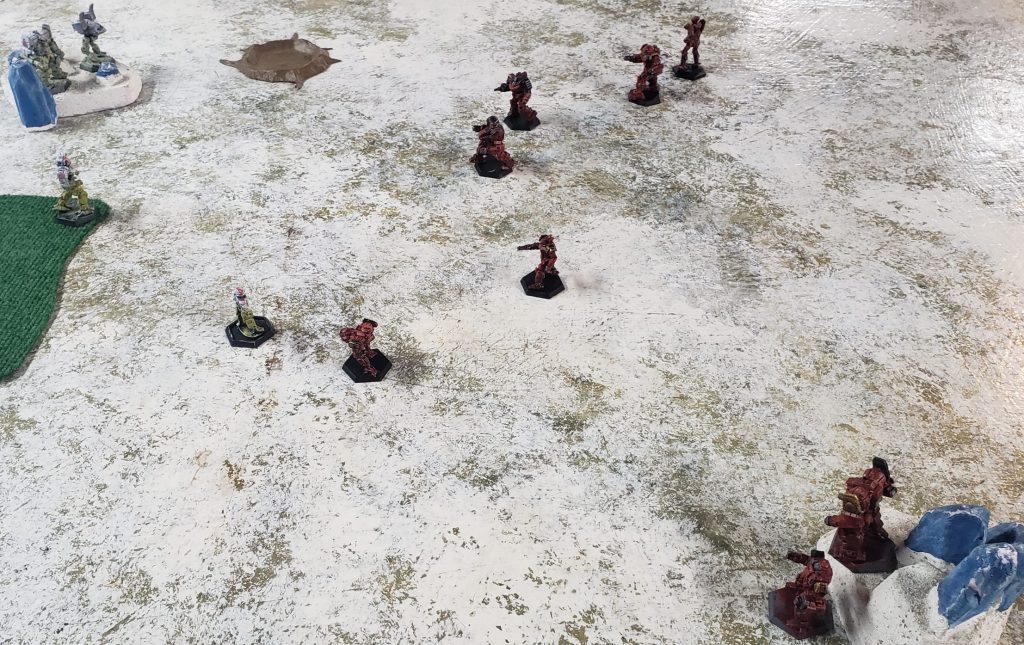
Battletech also has another option for play, Alpha Strike. Alpha Strike is an excellent variation with fast rules. Compared to standard Battletech, Alpha Strike is played on a standard, 40k style gaming table with no hexes and a range of terrain. Distances are measured in Inches and subsystems have been greatly simplified. The game runs far faster per mech and can easily be used for large formations and armies of mechs in a way that standard Battletech tends to struggle with.

Alpha Strike also tends to focus more on formations and units rather than individual mechs, with you being able to select from a variety of different unit traits and formation types. Specific units from the lore sometimes have traits assigned to them by Catalyst, and there is a huge set of them in the rulebook if you want to build your own unit.
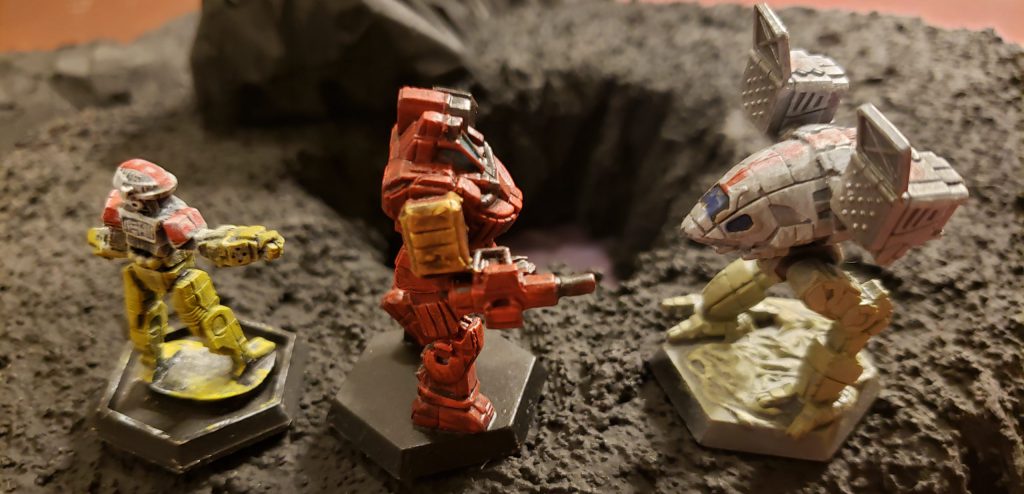
Compared to Battletech, the turn sequence is a little bit simpler here. We still start out with Initiative, which works in exactly the same fashion to standard Battletech. After that there is the movement phase, where players alternate moving one of their mechs (though there are rules for moving groups of mechs if the forces are large enough) until both sides have moved all of their units. Mechs no longer have to spend movement to turn or change facing, so each individual mech tends to move around much more in Alpha Strike compared to Battletech. Weapon Attacks and Physical Attacks have been flattened into a single Combat phase, where you roll a single 2d6 roll for ALL of your weapons at once, checking the range and hit modifiers, and then inflicting your mech’s full damage value at that range on a successful hit. Physical attacks work the exact same way, with damage based on the size of your mech. Heat has been simplified down from its own phase and a massive part of the game into a unit ability called Overheat, where you can trade a debuff to hit next turn for extra damage on your next attack. The turn still ends in a bookkeeping end phase.
Its (not that) Complicated
Saying all of this, Battletech has a bit of a reputation for being complicated and difficult to learn, this is untrue. The game is not more complicated than other wargames at its core, and has its rules broken down into a few “Levels”, with the game growing more complex with each level.
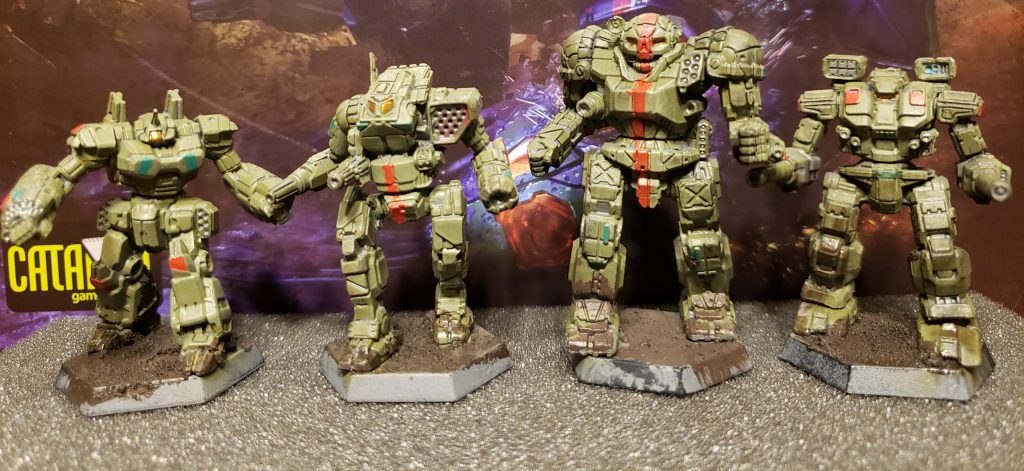
At the lowest Level, Introductory, you have all the mechs and technology available when the game originally came out in the 80s, which corresponds roughly to the Succession Wars period. As the name implies, this is the simplest ruleset, with the smallest available selection of mechs and weapons, and the majority of optional rules not being used. Don’t let the name put you off though, Introductory does not mean less fun or in depth, and this is the level where I prefer to play, even though I have been playing for a very long time, as it is the easiest to keep track of and the years it corresponds to are my favorite in the setting. You could easily get years of enjoyment just out of this level.
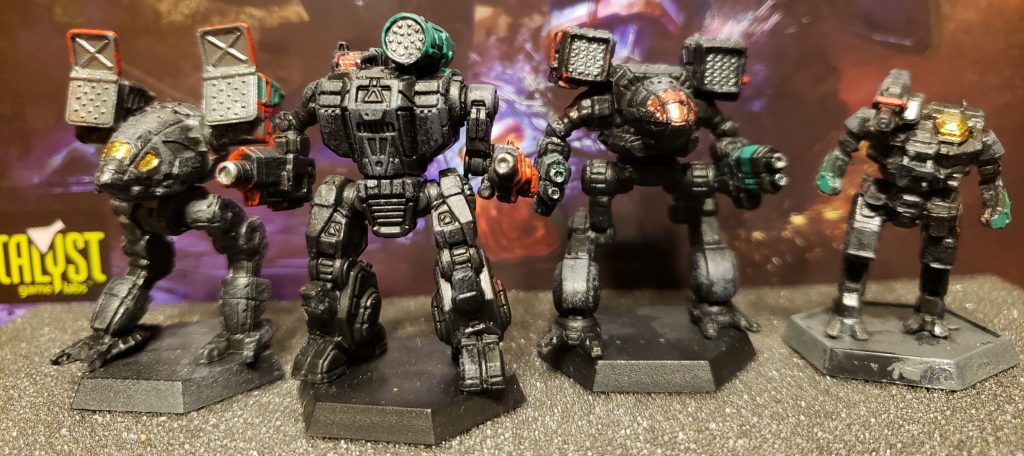
At the next Level, Standard, you have all the technology of the most popular era of the game, the Clan Invasion. This is the ruleset that Catalyst uses at their events and tournaments. Here the game gains complexity as rules for electronic warfare, special ammunition for certain weapons, and advanced mech components become available. Despite the extra rules, the game remains fairly simple at its core and doesn’t have a lot of the complicated optional rules that slow the game down. This is the most popular level to play at, and most people you meet will probably want to stay here.
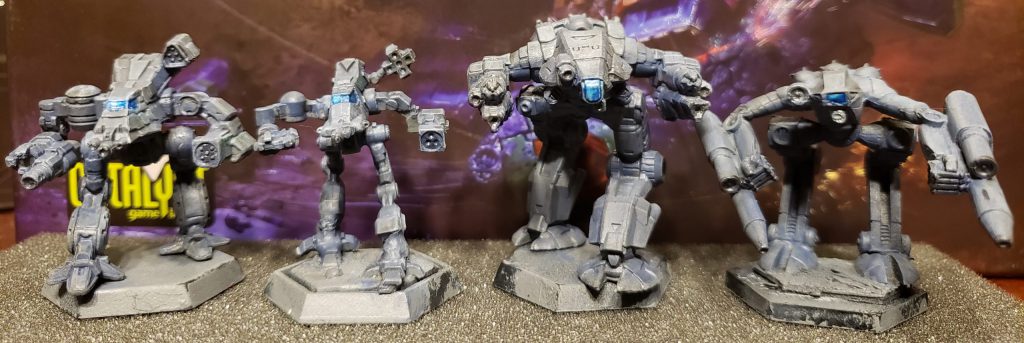
The final level is Advanced, which covers all of the technology up to the “Present Day” of the setting, around 3151. It also includes all the strange variant rules and optional rules, such as double blind play where neither of you can see where each other’s mechs are until you scout them or get them on sensors. Here the rules start to get as complex as is commonly thought of them, with rules for mech tasers, all sorts of wild guns and melee weapons, pages and pages of advanced wargear, and rules that can be as simulationist as you want them to be. Most people do not play here regularly, and when they do it tends to be for one or two special rules or variants they want to use, rather that the whole set at once.
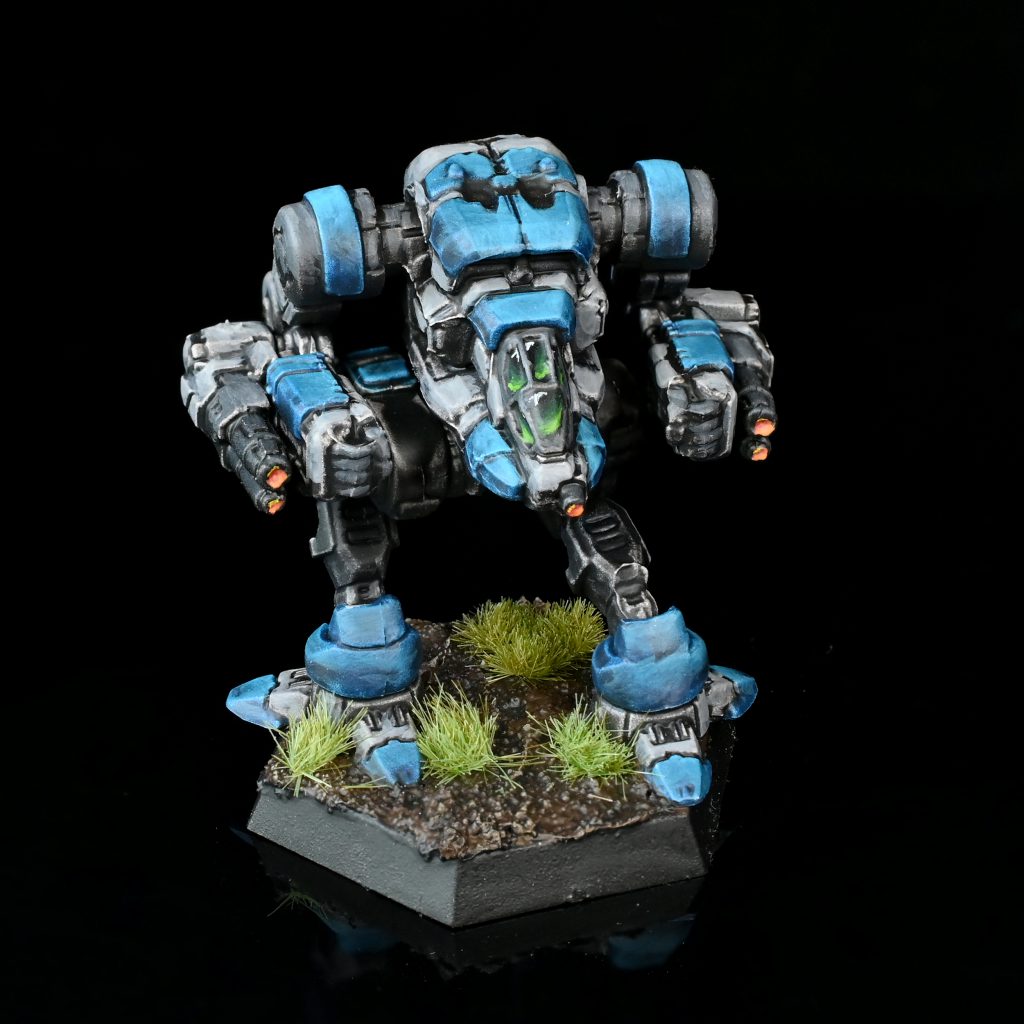
Alpha Strike does not have this system, instead it has a pretty comprehensive set of core rules that can manage games in any era and with any tech. There is a long part of the book dedicated to optional rules that are there if you want them, but most of them don’t change the game as radically as the jump from Introductory to Standard in Battletech.
A Game For Anyone
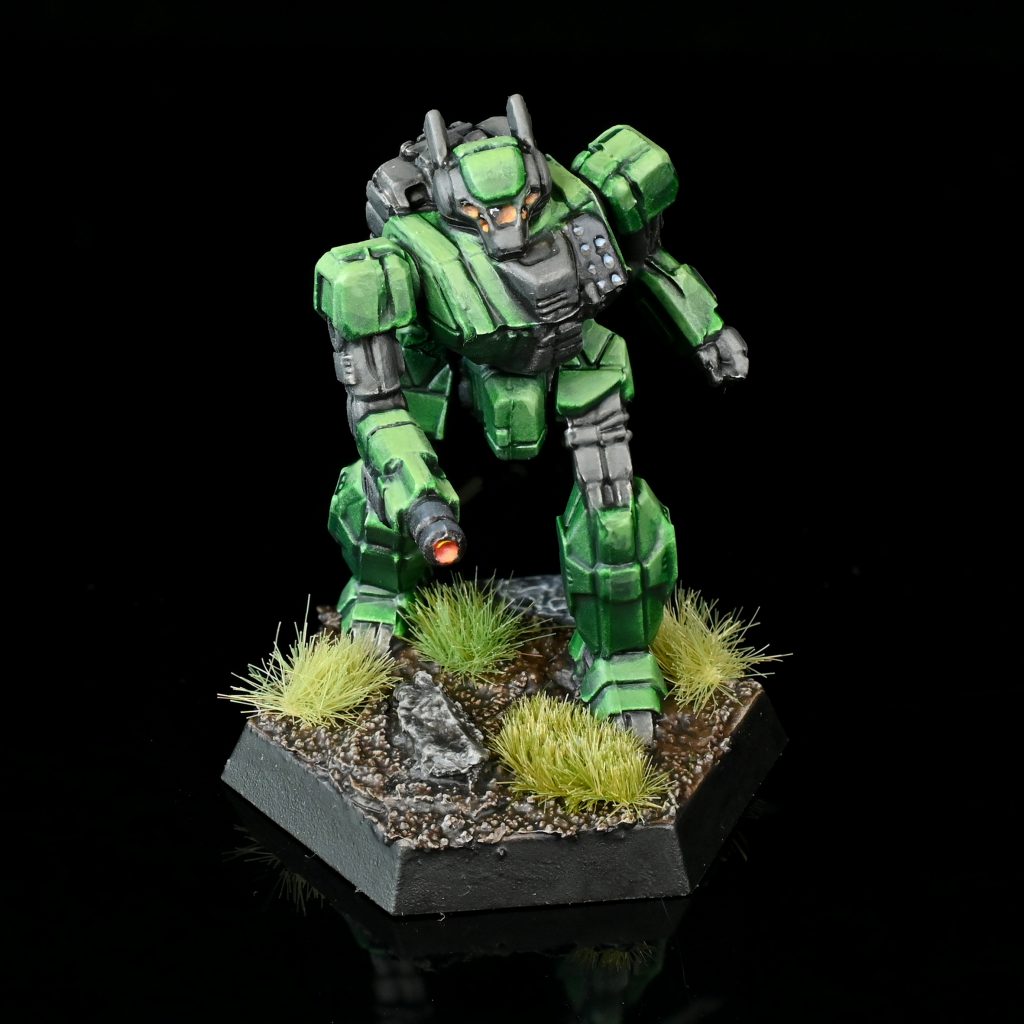
Battletech has a huge range of content and rules available, and just about anyone can find a faction, an era, and ruleset that deeply appeals to them. If you like super humans, high tech, and fast games, then Clan Invasion and Alpha Strike is for you. If you like knights, scavenging, and small, local conflicts, then 3025 and Battletech should appeal. If you are of a more military mind and like the idea of huge armies of mechs slugging it out in a galactic conflict, the Civil War has tons of that. The game is phenomenally cheap to get into, with solid starter boxes containing enough mechs to slug it out for dozens of games available for a very reasonable price, and new mech packs being available cheaply from a variety of sources. Battletech comes with my highest recommendation, as does Alpha Strike. The 31st century is full of stories and fun gameplay opportunities, and I hope I have done a decent job conveying that.

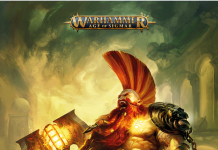
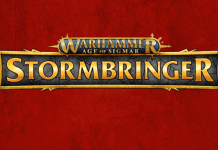
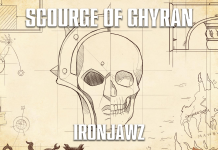
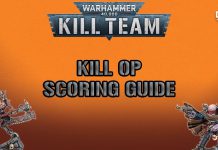

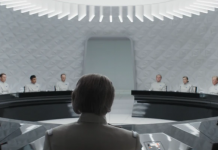

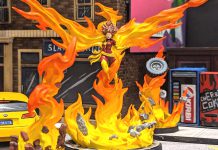
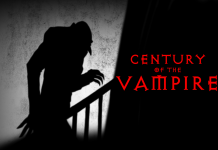
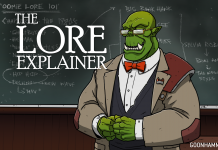
![[40k] Competitive Innovations in 10th: Warping Time pt.2](https://d1w82usnq70pt2.cloudfront.net/wp-content/uploads/2020/01/Analysis_Banner.png)


